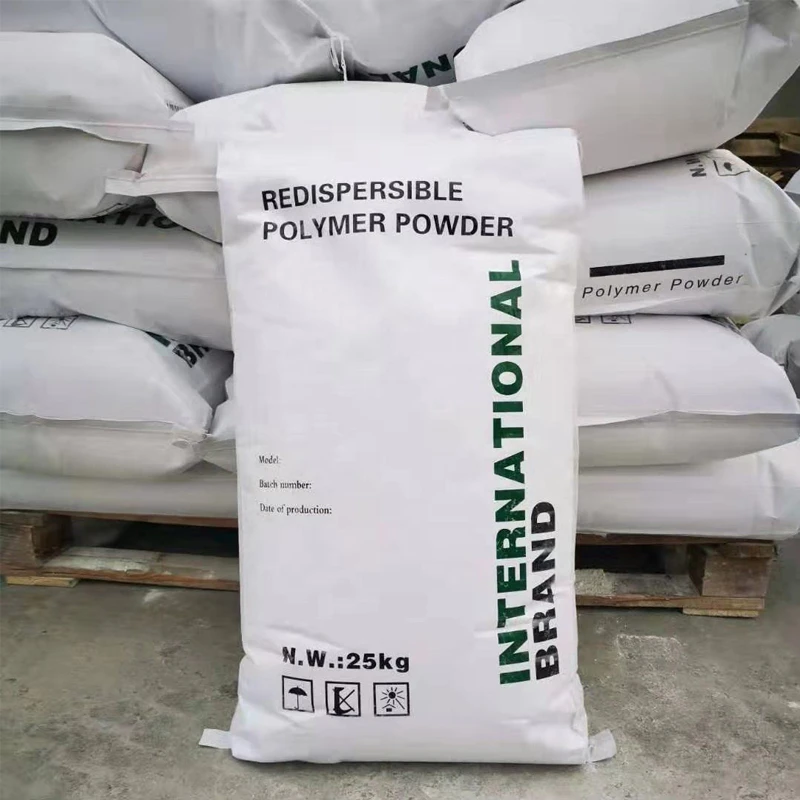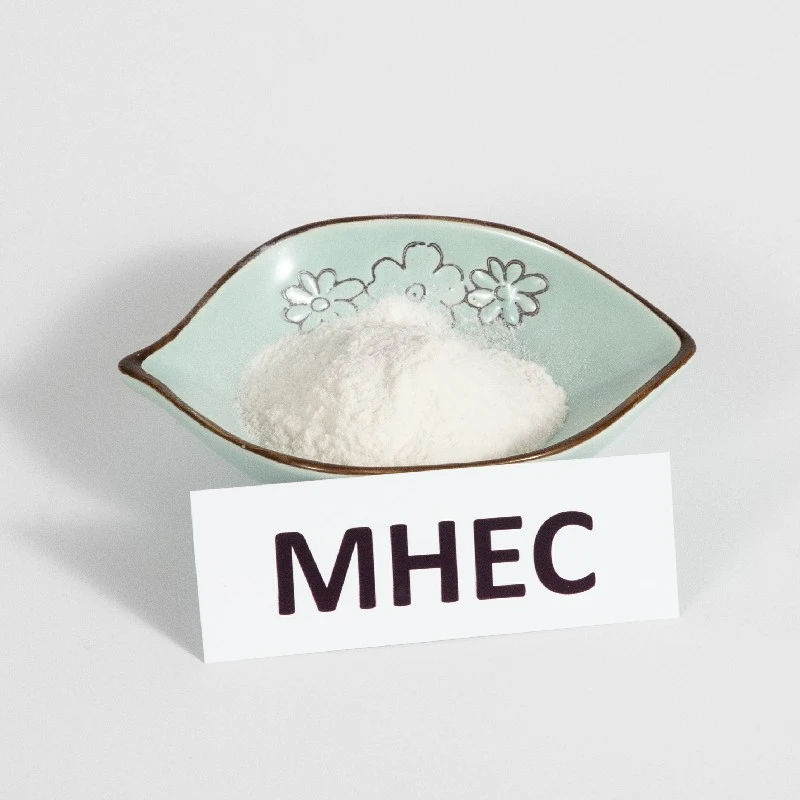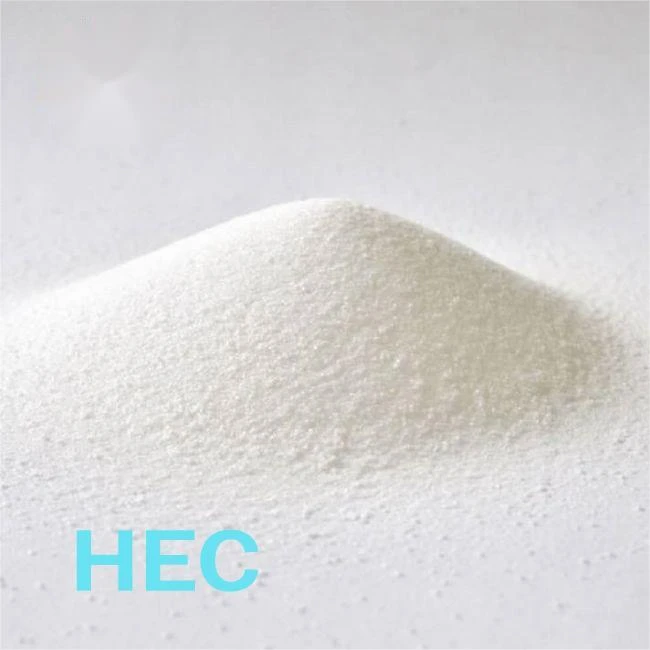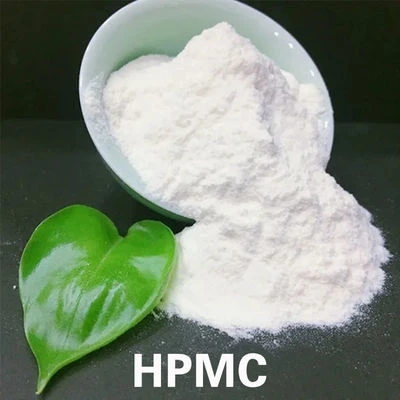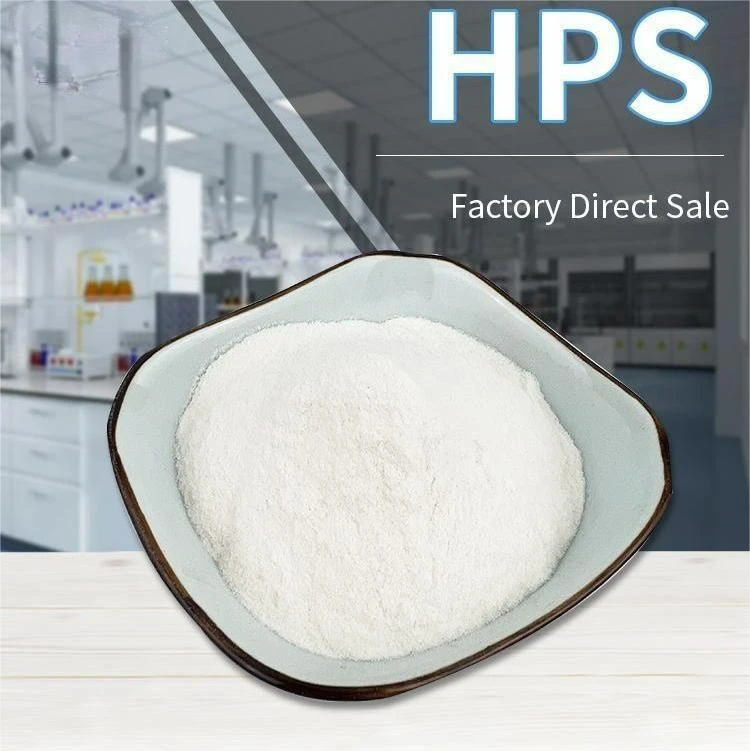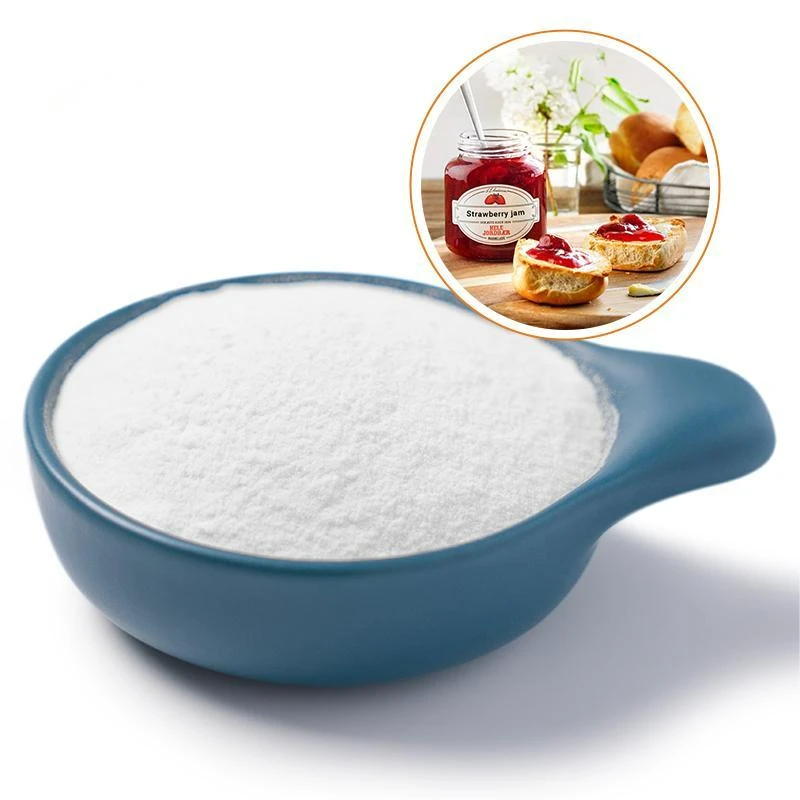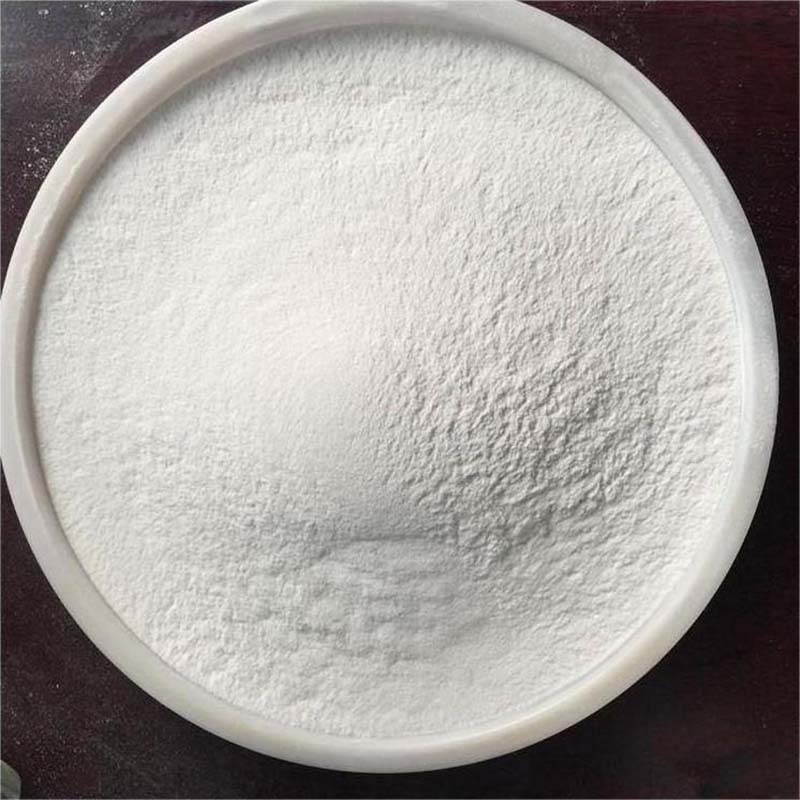Optimizing Textile Printing Performance Through Advanced Paste Technologies
The textile industry's shift toward precision manufacturing has made Digital Printing Paste a cornerstone of modern fabric production. As wholesalers seek competitive advantages, understanding these advanced formulations becomes critical—from their chemical composition to application techniques. These pastes now deliver unprecedented color fidelity and durability while addressing sustainability concerns through reduced water consumption and waste generation. At Peze Technology (Shijiazhuang) Co., Ltd, we engineer solutions that bridge innovation with practicality, ensuring every batch meets the rigorous demands of high-volume buyers. This article explores how cutting-edge paste technologies redefine quality benchmarks across the supply chain.
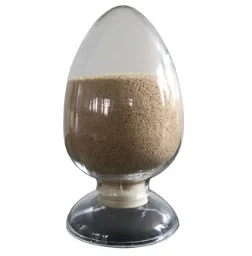
Understanding Digital Printing Paste Innovations
The textile wholesale market continues to evolve with advancements in Digital Printing Paste formulations. These pastes are engineered to deliver exceptional pattern clarity, color vibrancy, and wash-fastness, ensuring long-lasting garment quality. The ultimate measure of printing paste quality manifests in the finished textile product—exhibiting sharp pattern reproduction, uniform color application, and durable wear characteristics that withstand repeated laundering and mechanical stress throughout the garment's service life.
At Peze Technology (Shijiazhuang) Co., Ltd, we prioritize chemical precision in our Digital Printing Paste systems, ensuring compatibility with diverse fabrics. Whether working with natural or synthetic substrates, the interaction between paste and textile determines final performance.
Exploring Key Types of Printing Paste for Modern Textiles
Different Types Of Printing Paste cater to specific dyeing and printing needs, each offering unique advantages:
|
Factor |
Importance |
Common Practices |
|
PH Control |
Ensures dye-fiber reaction; excessive alkalinity risks dye hydrolysis |
Sodium carbonate maintains pH 10-11; balance critical for color yield |
|
Temperature |
Affects dye exhaustion and fixation; high heat may accelerate wasteful hydrolysis |
Cold-brand dyes allow 30-40°C fixation; standard dyes require 60-80°C |
|
Salt (Electrolyte) |
Neutralizes fiber charge for better dye uptake; environmental concerns drive low-salt research |
Traditional methods use 50-100 g/L salt; innovations focus on salt-free options |
|
Water Quality |
Impurities (hard water, metals) reduce color brilliance or degrade dyes |
Demineralized or softened water ensures consistency |
Reactive dyeing relies on these parameters, and Peze Technology (Shijiazhuang) Co., Ltd integrates these principles into Types of Printing Paste development for optimized results.
The Critical Role of Natrium Alginate in Printing Paste Formulations
As a vital thickening agent, natrium alginate serves as the backbone of high-performance digital printing paste systems, particularly for reactive dye applications. Peze Technology (Shijiazhuang) Co., Ltd, utilizes pharmaceutical-grade natrium alginate to achieve unparalleled paste rheology that ensures sharp print definition while preventing nozzle clogging in high-speed digital textile printers. This marine-derived polymer offers unique advantages: its exceptional water solubility enables easy wash-off, while its pseudoplastic behavior maintains optimal viscosity during both high-speed printing and idle periods. The company's proprietary purification process removes impurities from natrium alginate, resulting in 25% improved color yield compared to conventional thickeners, making it indispensable for premium textile production.
Advancements in Digital Printing Paste Formulations
The evolution of Digital Printing Paste technologies has revolutionized textile printing by enabling higher resolution designs with exceptional color fastness. Modern formulations now incorporate nano-pigments and smart binders that adapt to various fabric compositions while reducing environmental impact. Peze Technology (Shijiazhuang) Co., Ltd has pioneered low-migration pastes that prevent ink bleeding on delicate substrates, a breakthrough particularly valuable for high-end fashion textiles. While maintaining vibrant hues through repeated industrial wash cycles. The company's proprietary rheology modifiers allow precise viscosity control, ensuring optimal flow through both piezoelectric and thermal print heads without clogging issues that plague conventional pastes.
FAQS about Digital Printing Paste
How does digital printing paste enhance sustainability?
Advanced Digital Printing Paste formulations reduce water and energy consumption compared to traditional methods. By minimizing excess dye and optimizing fixation rates, these pastes align with eco-friendly production goals.
What distinguishes reactive dye types of printing paste?
Reactive dye Types of Printing Paste stand apart from other formulations due to their unique ability to form covalent chemical bonds with cellulose fibers, creating unmatched wash and rub fastness. Unlike pigment or acid Types of Printing Paste, reactive versions penetrate fiber molecules rather than simply coating the surface, resulting in deeper color penetration and exceptional durability. These Types of Printing Paste require precise activation through controlled alkalinity (typically pH 10-11) and specific temperature ranges (30-80°C depending on dye class). Their superior color retention makes them ideal for high-end apparel where longevity matters, though they demand more rigorous washing-off processes to remove unfixed dye compared to other Types of Printing Paste.
Why is natrium alginate preferred for high-resolution textile printing?
Natrium alginate has become the gold standard thickener for precision textile printing due to its unique molecular structure that delivers perfect rheological properties. Unlike synthetic thickeners, natrium alginate offers superior shear-thinning characteristics that enable crisp pattern reproduction at high printing speeds while preventing ink bleeding on delicate fabrics. Its natural compatibility with reactive dyes allows for excellent color release and penetration without compromising wash-fastness. Peze Technology (Shijiazhuang) Co., Ltd specifically selects low-viscosity natrium alginate grades that maintain optimal flow through fine nozzles while providing outstanding paste stability during production runs. This marine-derived polymer continues to outperform alternatives in achieving both environmental sustainability and printing precision requirements.
Why is water quality critical for types of printing paste?
Impurities in water disrupt dye chemistry, leading to inconsistent shades or weakened bonds. Purified water ensures Digital Printing Paste performs as intended.
How does Peze Technology innovate in digital printing paste?
Peze Technology (Shijiazhuang) Co., Ltd revolutionizes Digital Printing Paste development through patented molecular engineering that optimizes performance across all fabric types. Their innovation focuses on three breakthroughs: First, eco-reactive Digital Printing Paste formulations that reduce water consumption by 40% during wash-off while maintaining color brilliance. Second, smart viscosity modifiers that automatically adjust to different textile porosities, ensuring perfect penetration without bleeding. Third, their proprietary "Nano-Lock" technology enhances pigment fixation at lower temperatures, significantly cutting energy use in curing processes. These advancements in Digital Printing Paste technology allow wholesalers to offer clients sustainable yet high-performance textiles without compromising production efficiency or color quality.
-
The Versatile World of Carboxymethyl Cellulose Solution for Industrial SolutionsNewsJul.23,2025
-
Reliable Redispersible Polymer Powder Options for Professional BuildersNewsJul.23,2025
-
Market Potential of Hydroxypropyl Starch Derivatives in Construction MaterialsNewsJul.23,2025
-
Innovative Applications of HEmc Cellulose in Modern IndustriesNewsJul.23,2025
-
Hpmc Gel Powder Adhesive Building ExcellenceNewsJul.23,2025

